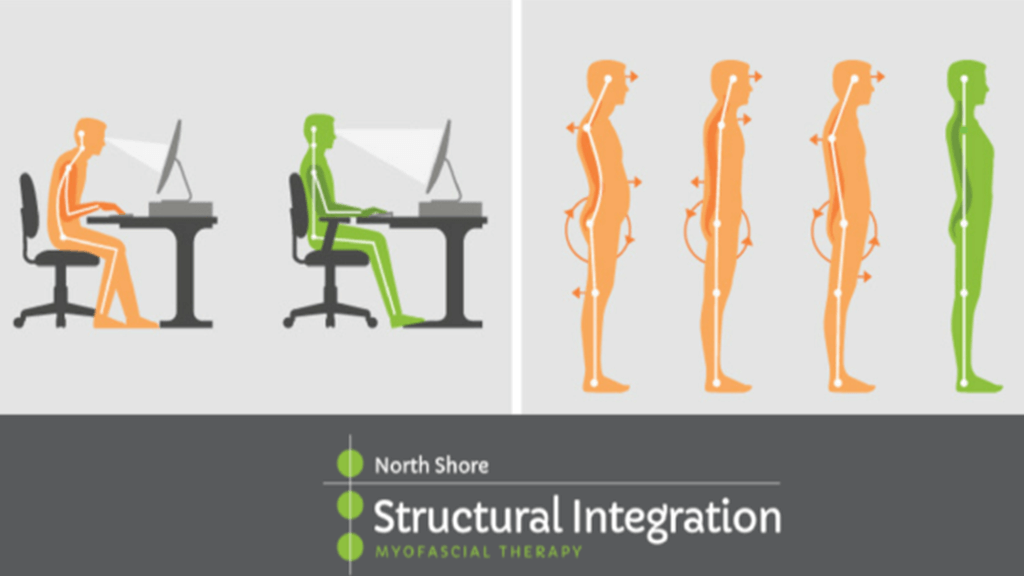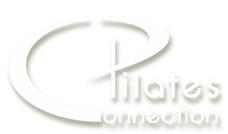
Structural Integration and KMI
Background
 Structural Integration is a scientifically validated body therapy. Unlike massage, Structural integration focuses not on the muscles but on their protective layer, called fascia (also known as connective tissue). Muscles are contracting tissues that give the body and organs physical movement. The fascia surrounds the muscles, bones and organs in the body. The fascia gives muscles their shape and the body its structure.
Structural Integration is a scientifically validated body therapy. Unlike massage, Structural integration focuses not on the muscles but on their protective layer, called fascia (also known as connective tissue). Muscles are contracting tissues that give the body and organs physical movement. The fascia surrounds the muscles, bones and organs in the body. The fascia gives muscles their shape and the body its structure.
Structural Integration aligns and balances the body by lengthening and repositioning the fascia. As fascia is lengthened it allows the muscles to move more efficiently. The practitioner will apply pressure to the body, working the entire fascial system in a systematic way. When restricted fascia is released and lengthened the body can return to its structurally optimal position
The continuing pull of gravity, the stress of daily activities and physical injuries can pull the body out of alignment. The fascia gradually shortens, tightens and adjusts to accommodate the misalignment. When the body is out of alignment it creates inefficiency and imbalance resulting in stiffness, discomfort and loss of energy.
When a body is aligned and balanced it moves with greater ease. It requires less energy to function. Good posture is effortless and breathing is easier. The body becomes more flexible, more coordinated and athletic performance improves.
KMI
Kinesis Myofascial Integration (KMI) is one of a number of schools that train practitioners in ‘Structural Integration’, springing from the pioneering work of Dr Ida Rolf and has been developed by Thomas Myers. KMI consists of a multi-session protocol of deep, slow fascial and myofascial manipulation, coupled with movement re-education.
Mode rn anatomy now recognises the importance of the myofascial network, which not only gives our body it’s shape – it plays an essential role in transmitting, enhancing and restricting movement. It is the glue and fabric that holds our body together. It surrounds and connects every muscle fibre, every organ, in fact almost every structure in our body.
rn anatomy now recognises the importance of the myofascial network, which not only gives our body it’s shape – it plays an essential role in transmitting, enhancing and restricting movement. It is the glue and fabric that holds our body together. It surrounds and connects every muscle fibre, every organ, in fact almost every structure in our body.
It truly is a continuous connection throughout our whole body. Imagine it is like a spiders’ web, when it is pulled in one area it transmits tension to another.
The body does this very well and in most cases symptoms manifest themselves some distance from the root of the cause, a bit like pulling on a bit of clothing the tensions can be felt far from the initial tugging.
Benefits of KMI treatment
- Can ease chronic pain and stiffness.
- Restores natural alignment, length and ease.
- Improves posture, movement and energy.
- Unwinds strain patterns residing in your body.
- Can improve and enhance athletic performance.
The design of KMI is to unwind strain patterns residing in your body’s locomotor system, restoring it to its natural balance, alignment, length, and ease. Common strain patterns come about from inefficient movement habits, and our body’s response to poorly designed cars, desks, telephones, and aeroplanes, etc. Individual strain patterns come from imitation when we are young, from the invasions of injury or surgery or even birth, and from our body’s response to traumatic episodes. Beginning as a simple gesture of response, movements can become a neuromuscular habit.
Here at Pilates Connection, we believe that KMI is a wonderful service to complement our existing Pilates classes, and as such, we have undertaken extensive training and certification in the practice. Rates are $130 per session which involves a personal consultation and treatment for approximately 80-90 minutes. If you’d like to find out more – please contact Liane on 0400 012 693
Client Testimonials:
“Following constant and annoying pain in my neck and shoulders, I had a KMI structural bodywork “massage” with Liane. Liane is a very knowledgeable, dedicated and caring practitioner, and after one session I found I had loosened up considerably and my aches and pains resolved. I would recommend giving it a go in preference to taking painkillers.”
TG Lane Cove North
Information source and further reading – https://www.anatomytrains.com/

Sorry, the comment form is closed at this time.